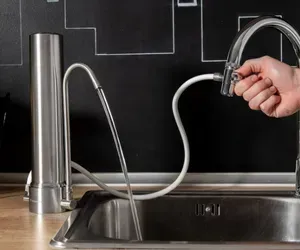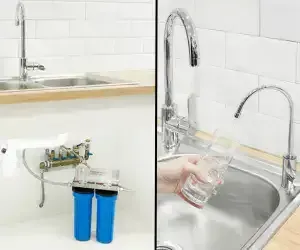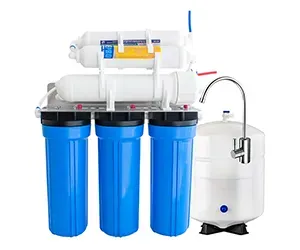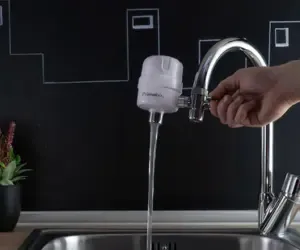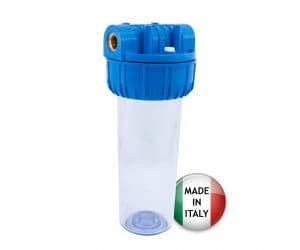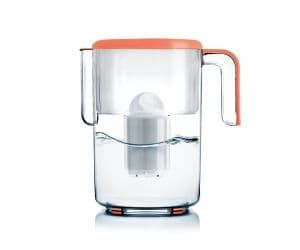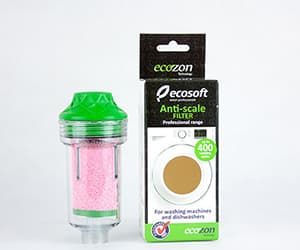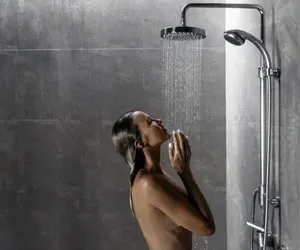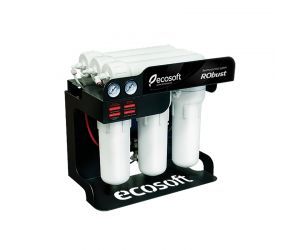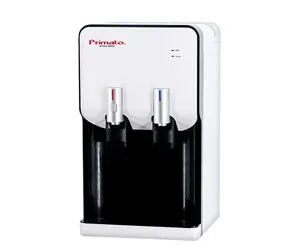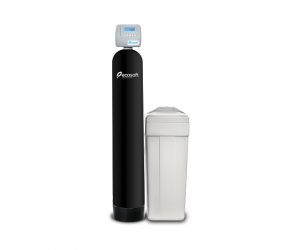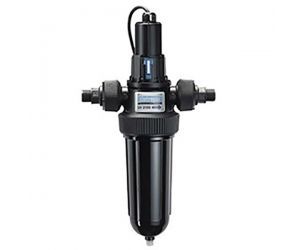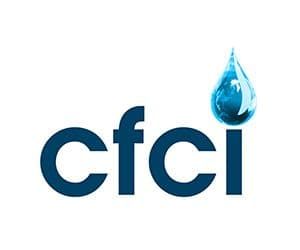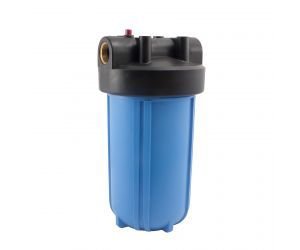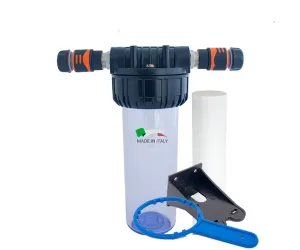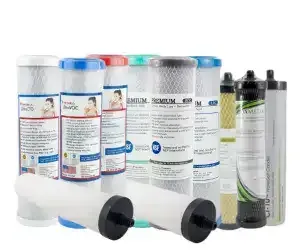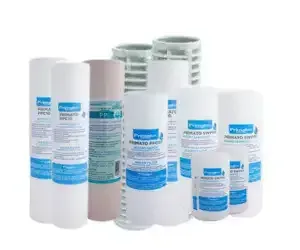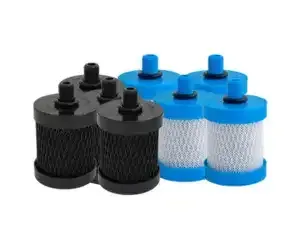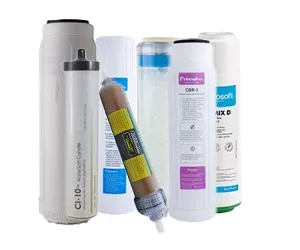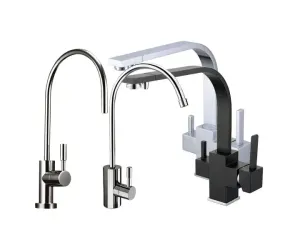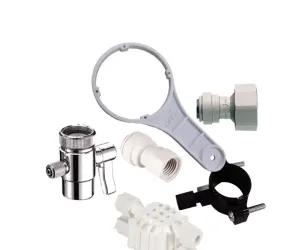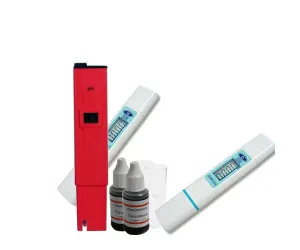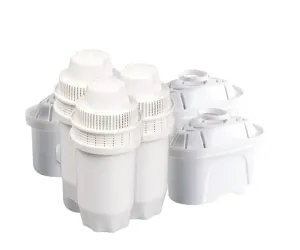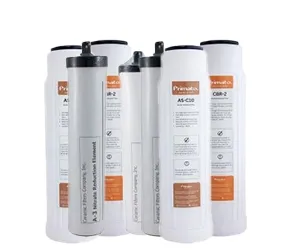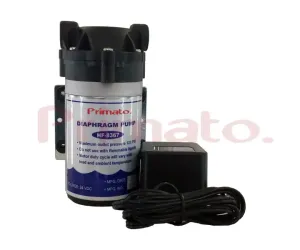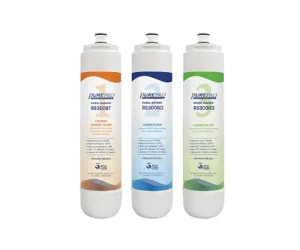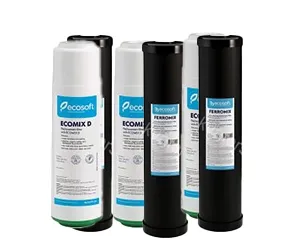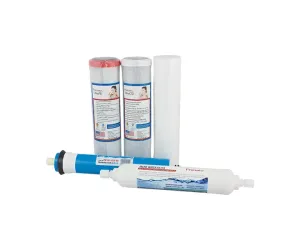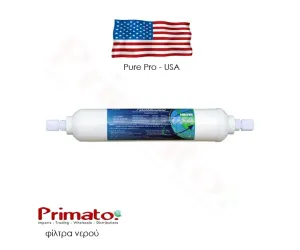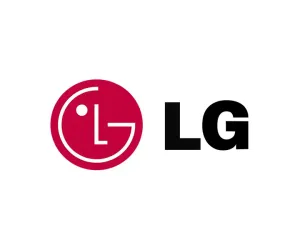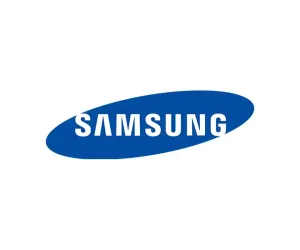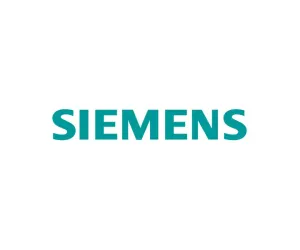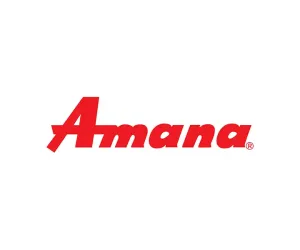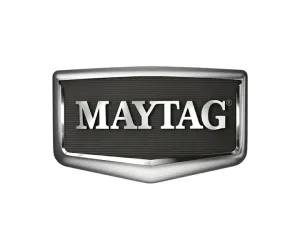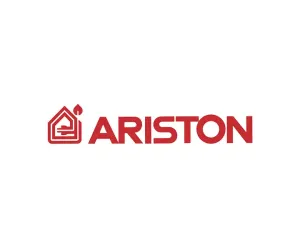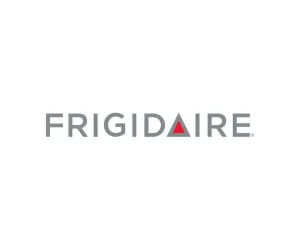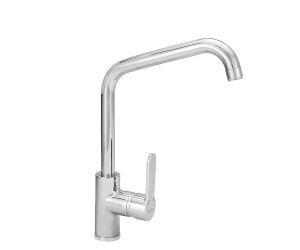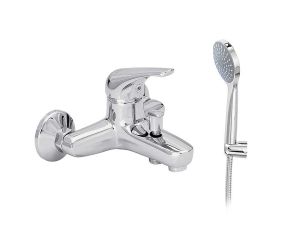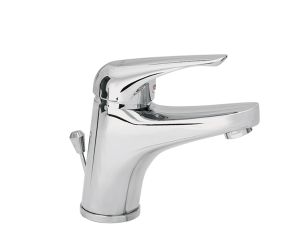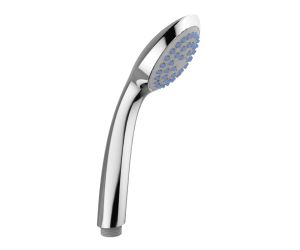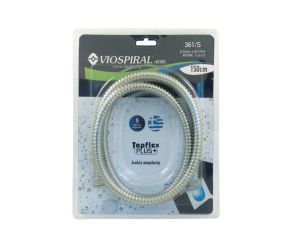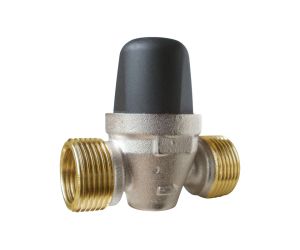The history of water filters to date
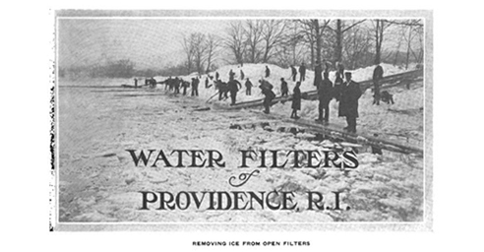
As we all know, water is the only factor that cleanses the human body from useless substances, which means that its quality plays a very big role for humans.
How it all started
Humans' attempt to improve water quality through the use of filters is intertwined with their evolution. The first recorded attempts at water filtration date back to 2,000 BC. The main reason for filtering the water was to improve its taste because, as they believed, the water had to be tasteless, odorless and colorless.
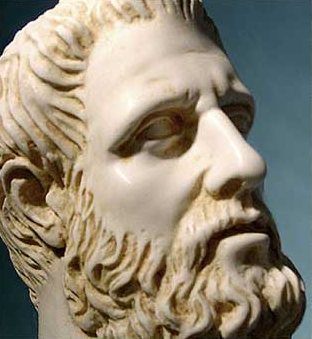
The father of medicine, Hippocrates, conducted several experiments on water purification. The water of the aqueducts at that time was far from the desired degree of purity that he would have liked. So he designed a membrane of cloth, through which passed boiled water.
Centuries later, an invention would significantly influence the evolution of filters - the microscope. The Italian Antonio Porzio was the first to design a multiple filter in 1685 that included sedimentation and sand filtration. In 1746, Parisian scientist Joseph Amy was the first to make filters for home use, using a sponge, charcoal and wool.
The first real move to treat the water of a city occurred in mid-18th century London, using sand filters. In Paisley, Scotland, in 1804, an installation that supplied filtered water from town to town through pipes was completed. The material used for the filters was coal and sand which had to be replaced with new ones every six hours. The pumps, of course, were driven by horses.
At the end of the 19th century, the "revolution" of filtered water began, since people began to use electricity, so water filters began to evolve. Then they started using fast sand filters, improved slow sand filters, as well as chlorine and ozone to disinfect water.
At the beginning of the 20th century, cases of dysentery, typhoid and cholera declined sharply thanks to the now popular chlorination as a method of disinfecting city water.
The U.S. Environmental Protection Agency (E.P.A) adopted in 1942 the first standards concerning drinking water, while in 1957 it approved for the first time the use of membrane filters.
In 1970, two American engineers, Bill Prior and Jim Kewley, innovated in the development of non-electric, fully automatic water treatment systems and laid the groundwork for the development of modern water filtration systems. Thanks to this technology, automatic commercial and industrial water filtration and softening systems are manufactured today, which can and do filter dozens of tons of water per hour.
>Certification organizations for the efficiency, safety and hygiene of water treatment systems.
The water treatment industry is systematically monitored and controlled. The main and most important organization, which certifies water treatment systems, is the N.S.F. International, which was founded 60 years ago in the USA and it is an independent, non-governmental, non-profit organization, which has a global presence and acceptance for the unique quality of the services it provides. It controls and certifies water filters with various "standards" depending on their performance. The N.S.F. has been designated by the World Health Organization (W.H.O.) as the Center for Cooperation on Safety and Treatment of Drinking Water and is controlled by the US Department of Environmental Protection. The subsidiary of Water Systems Certification is the W.Q.A., which is directly affiliated with the N.S.F. International. Almost all water treatment companies are members of the W.Q.A., for this very reason, displaying the "WQA member" logo on a product does not necessarily mean that it is certified by this organization. The World Health Organization (W.H.O.) as well as the US Department of Environmental Protection (E.P.A.) do not certify water systems.
Popular water filtration methods
In all modern cities, water is disinfected with either ozone or chlorine, so it is not necessary to buy a filter with ozone or ultraviolet radiation, unless the water is from drilling or microbiologically unsafe.
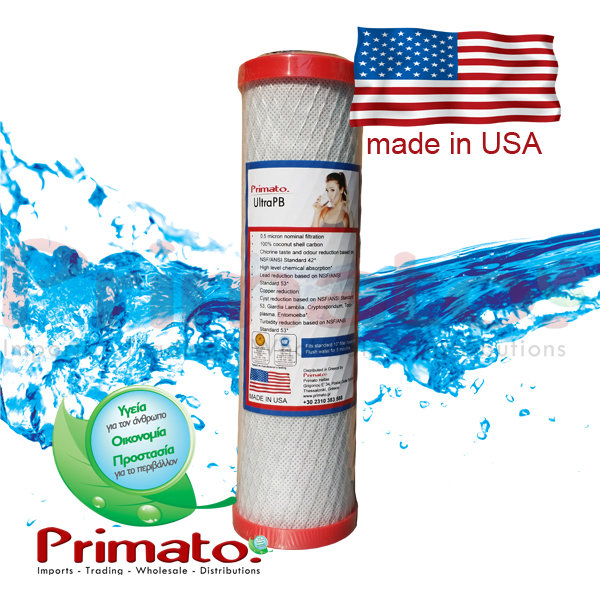
The most popular water filtration method is with
activated carbon filters. But how do they work? Due to intramolecular attraction, absorption takes place between the surface of the carbon and the absorbed substance. There are many types of activated carbon on the market used for filtration and water treatment. Wood, lignite, coal and coconut are the most common materials used to produce activated carbon. The coconut shell is still the best quality carbon. Also, the more compact the filter, the narrower the filtering is.
The most important contaminants that activated carbon can reduce are: chlorine, M.T.B.E. (Methyl-tertiary-Butyl-Ether from oxygenated car fuels), volatile organic compounds (VOCs), ie chemicals, pesticides, cysts and disinfection by-products. It can also reduce lead and it significantly improves the taste and smell of water.
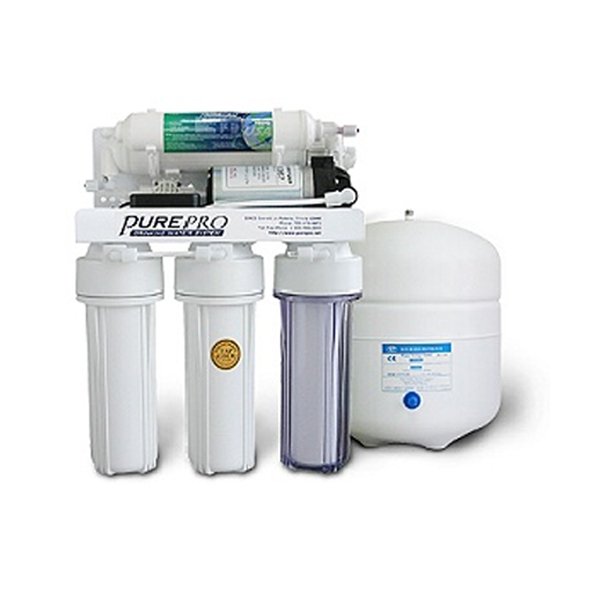
An important technology that has been established on a global scale for years and even the US Environmental Protection Agency recognizes as the most effective method for the protection of drinking water is the method of reverse osmosis.
This method uses a semi-permeable membrane to filter out infectious agents. Water is forced to pass through a semipermeable membrane, something like nylon. Only molecules of pure water pass through the membrane, while a percentage of water and all impurities can not pass and are then discharged into the sewer. Primato Hellas has many years of experience with water filters and has excellent know-how and knowledge around the subject of water treatment. Contact us for anything you need. Find out about the most suitable water filters for Athens here.Primato Hellas - Water Filters, Grigoriou E' 34, Thessaloniki, +30 2310 383 588.
It is forbidden to republish all or part of the article without the prior approval of Primato Hellas.
Recent posts
- Larissa Water Filters Store
- Well Water in Greece: What’s Really in It and How to Make It Safe
- NanoMetix 10" 0.01μm Water Filter | Advanced Nanofiltration Against PFAS & Microplastics
- The Future of Water: How Primato Filters are Pioneering New Standards in Water Safety
- Primato's Journey at Aquatech Amsterdam: Building Bridges and Expanding Horizons
- The Journey of Water: From Source to Tap - Understanding the Filtration Process
- What are three way water filter taps?
- Shower water filters
- Commercial water filters for hotels, restaurants and cafes
- The reason why more and more people prefer undercounter water filters
- Zeolites in water treatment
- The water supply network of Athens
- The whole truth about water filters
- Russian water filters with aragonite - Purchase guide
- Choosing and buying a countertop water filter
- I live in Athens. Do I need a water filter?
- Water Filter Prices: Full Guide
- Does filtered water help with allergies?
- 10+ reasons to add more water to your lifestyle!
- Zeolite: A natural mineral in the service of water filtration
- Thessaloniki Water: From the source to the glass
- Meet the Greek Water Filters Manufactured in Thessaloniki
- Water Filters with Zeolites
- Turning a coconut into activated carbon
- Thessaloniki: Which Are The Best Water Filters?
- Tap water in Greece: Is it safe? The problems and the solutions
- How to Choose the Right Replacement Filter
- Ultra filtration and Hollow Fiber Membranes explained
- How hard is water in Thessaloniki?
- Whole house water filter cartridges - How to choose the right one!
- Countertop water filters - What to look for before I buy
- Do I need a water filter if I live in Athens?
- Everything you need to know about tap water filters
- Under-sink water filters - Everything you need to know
- Reverse Osmosis - What is it and how it works
- World Water Day - 22 March
- Primato goes sailing!
- What is the activated carbon found in our water filters?
- What are water filters?
- Reverse Osmosis - Perfect for islands, drilling water and aquariums
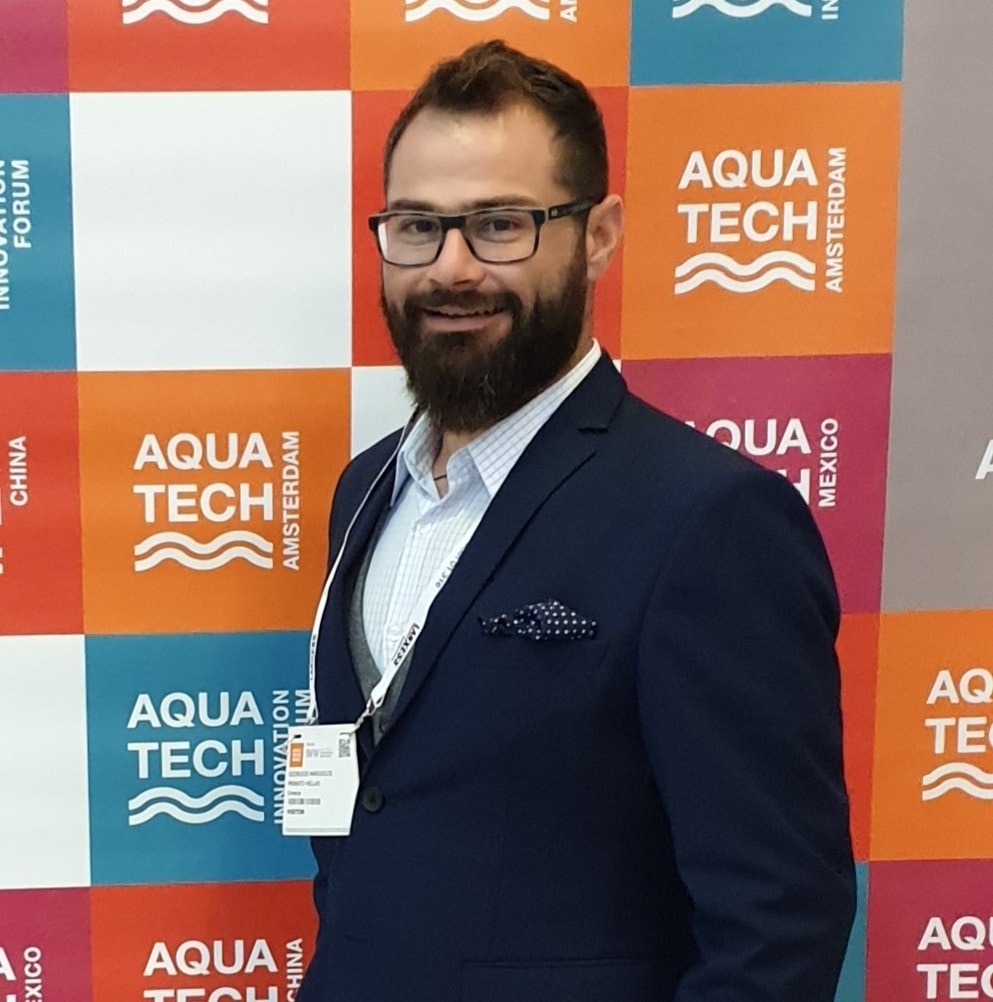
George Margiolos
George Margiolos was born in Thessaloniki and has graduated from the Department of Marketing of the Alexandreio Technological Educational Institute of Thessaloniki. He is fluent in English and (not so fluent) in German.
Ηe has been Project Manager at Avery Dennison - Fastener Division in the UK. There, his main project was to redesign the company's products into new applications so as to become more environmentally friendly. In combination with the fact that in the UK people are more familiar with water filters, he has developed a love for environmentally friendly water filters, which reduce the use of plastic bottles and improving people's quality of life.
Since 2008, he has published over 300 unique educational and informative articles on water filters and new water treatment technologies.
Occasionally, universities and doctoral students request to use George Margiolos' articles in their research because of their quality and uniqueness.
